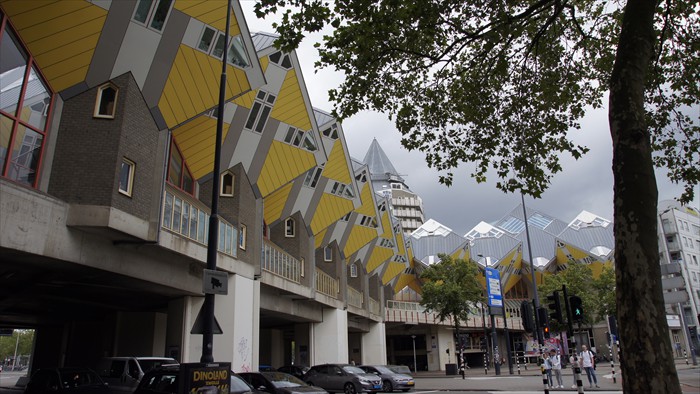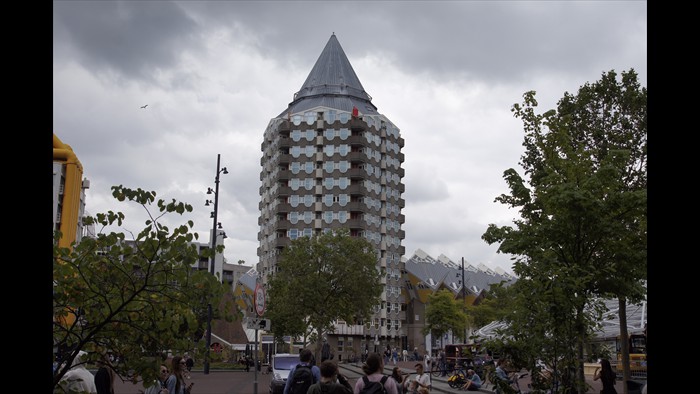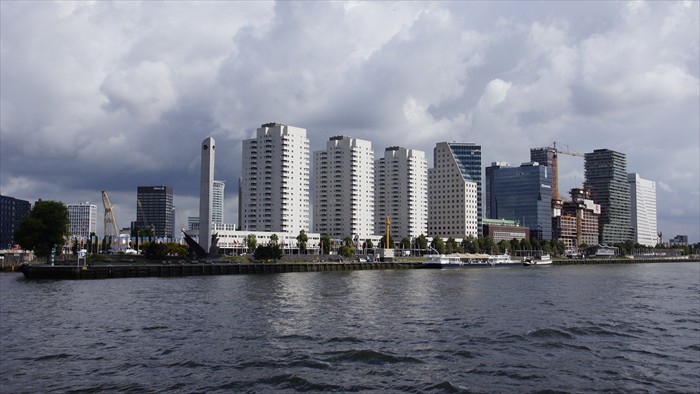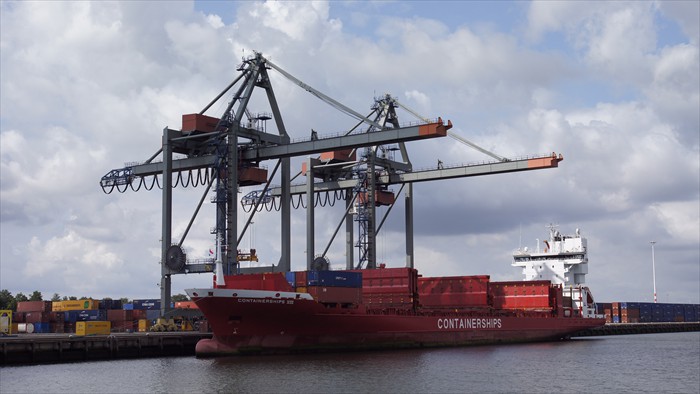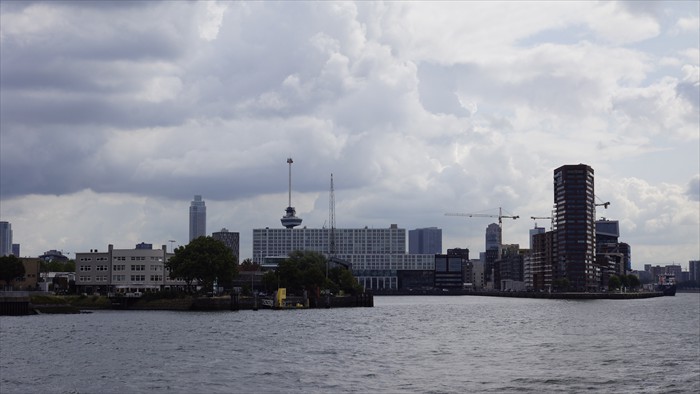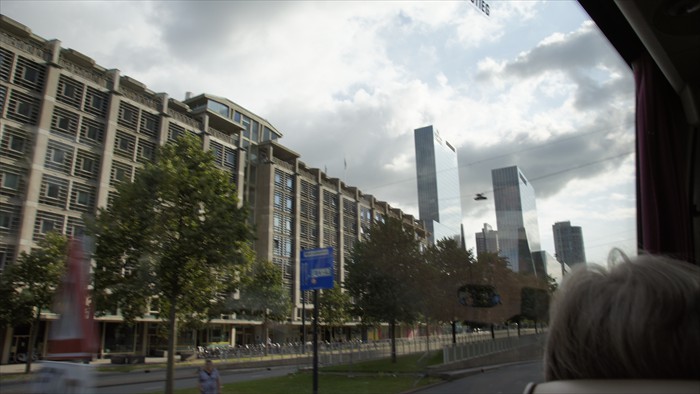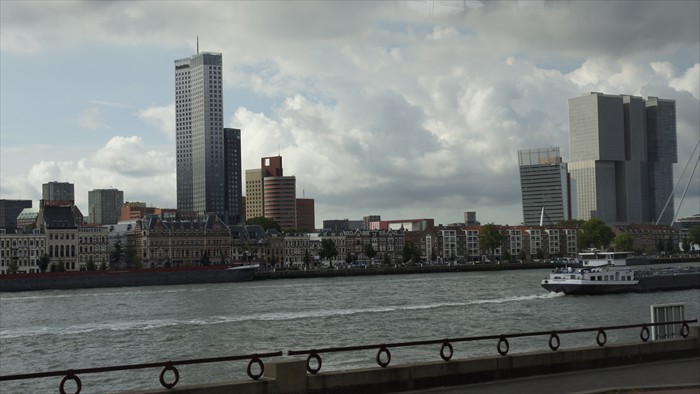Rotterdam is the second largest city in the Netherlands after Amsterdam. With the largest seaport in Europe, it is an important hub for freight traffic.
After extensive destruction in the Second World War, the city has reinvented itself. Many buildings are veritable pilgrimage sites for architecture lovers from all over the world. For example, the museum depot, the market hall or the cube houses at the Old Harbour.
Along with Amsterdam and The Hague, Rotterdam is one of the cultural centres of the Netherlands. Rotterdam has a university, several technical colleges, a music academy and an art academy. Rotterdam is the leading industrial and commercial city in the Netherlands. The skyscraper silhouette of Rotterdam, which has developed since the mid-1980s, is striking.
The museum depot
The depot of Rotterdam's Museum Boijmans Van Beuningen, which has the makings of a city landmark, earned a wealth of criticism when it was completed, even vituperation such as that the design was inspired by the low-priced salad bowl of a well-known discounter. It is the first fully accessible museum depot in the world. 151,000 objects are displayed on 15,000 square metres.
The market hall
The impressive market hall (Markthal) in the centre of the city is 120 m long, 70 m wide and 40 m high with its 11 floors.
The shape of the building may be something special, but the interior is no less so! The artist Arno Coenen created the largest work of art in the Netherlands: the Cornucopia. With its surface area of 11,000 m2 and bright colours, it is not surprising that it is also called the Sistine Chapel of Rotterdam.
The cube houses and the old harbour
The cube houses were built in the 1980s by architect Piet Blom and still fascinate visitors today.
There are 51 cubes in total, 38 of which are flats, the other, larger cubes are used for shops.
Each cube house is modelled on a tree, with the entrance and staircase in the "trunk", the lower part made of grey concrete blocks. In the "crown", the cube turned at 45 degrees, is the actual flat on three floors. On the lower floor are the kitchen and living room, above that two bedrooms and the bathroom, and at the very top, with windows all around, a bedroom or children's room can be set up, or simply a very sunny lounge, ideal for reading and listening to music.
On the edge of the city centre lies the Oude Haven. This is where the world port Rotterdam is known for today was built. As early as the 13th century, the first ships cast off here. Today the area is especially popular with terrace visitors. In addition to the historic White House, you can also see the striking residential tower The Red Apple and the Willemsbrug. The White House at the end of the Oude Haven was the first skyscraper in Europe at the end of the 19th century.
Pictures from the harbour cruise
As we sail through Europe's largest port, the impressive skyline of Rotterdam with its imposing buildings passes us by, followed by a unique view of the shipyards, docks and the state-of-the-art transhipment centre for thousands of containers.

















